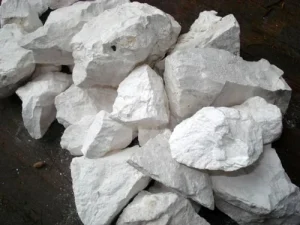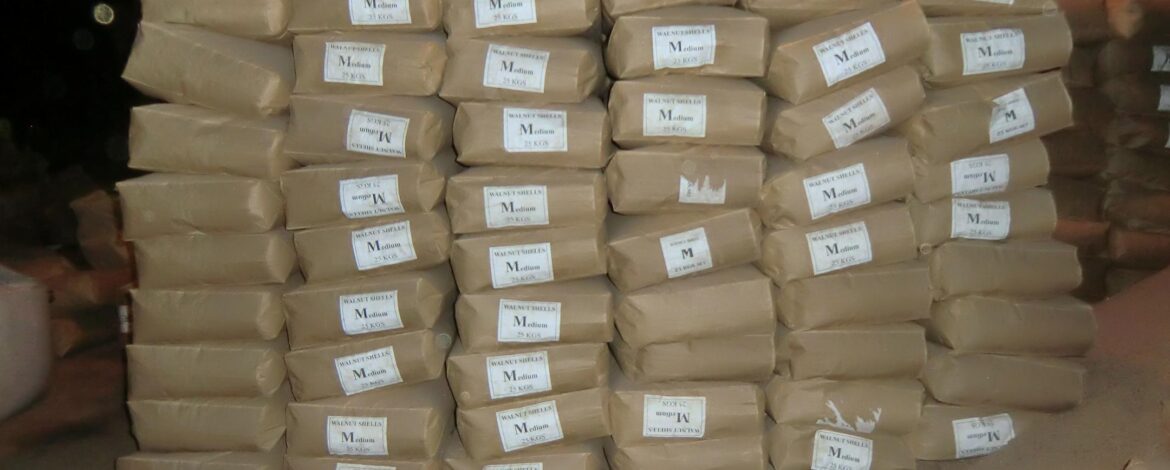Driving Global Growth
East Asia is one of the world’s most powerful regions in terms of minerals and industrial raw materials. With abundant reserves, advanced industries, and strong export capacity, the biggest mineral market in East Asia plays a central role in global supply chains. From iron ore and coal to rare earths, bentonite, and barite, East Asia supports construction, energy, technology, and manufacturing industries worldwide.

Why East Asia Dominates the Mineral Market
East Asia’s mineral leadership is the result of several factors. First, the region has diverse natural resources, ranging from base metals to specialized industrial minerals. Second, it boasts advanced processing technologies that add value to raw materials. Third, its location makes it a perfect hub for trade with both Western and Eastern markets.
Key mineral strengths include:
-
Iron ore and coal – essential for steel and power generation
-
Rare earth elements – critical for electronics, renewable energy, and high-tech manufacturing
-
Industrial minerals – bentonite, barite, gypsum, and kaolin for ceramics, drilling, and construction
-
Precious metals – gold, silver, and platinum for investment and industry
Together, these advantages position East Asia as a global mineral powerhouse.
Biggest Mineral Markets in East Asia by Country
1. China
China is the largest mineral producer and consumer in the world. It dominates coal, rare earth, and barite production while importing iron ore in massive quantities to fuel its steel industry.
2. Japan
Although Japan has limited natural reserves, it is one of the largest importers of minerals. Its industries rely heavily on imported iron ore, rare earths, and industrial minerals for steel, automotive, and electronics production.
3. South Korea
South Korea’s mineral market is driven by its high-tech and construction industries. It imports barite, bentonite, and metals while focusing on processing and manufacturing.
4. Mongolia
Mongolia is rich in coal, copper, and gold. Its proximity to China gives it a strategic advantage in exporting raw materials.
Commercial Benefits of the East Asian Mineral Market
The biggest mineral market in East Asia offers major advantages for international businesses. First, it provides diverse supply options, from raw ores to refined materials. Second, competitive pricing makes East Asia attractive for buyers worldwide. Third, the region has advanced logistics, ensuring efficient exports across continents.
For suppliers, East Asia represents a vast network of buyers in construction, energy, and technology. For importers, sourcing from this market guarantees access to both high-volume raw minerals and advanced processed products.
Future Outlook of East Asia’s Mineral Industry
The future of East Asia’s mineral market looks highly promising. On one hand, growing demand for renewable energy, electric vehicles, and high-tech products will increase the need for rare earths and industrial minerals. On the other hand, governments are pushing for greener and more sustainable mining, which will further strengthen the market’s global position.
In short, the biggest mineral market in East Asia is not only central to today’s industries but also vital for future technological and economic growth.

